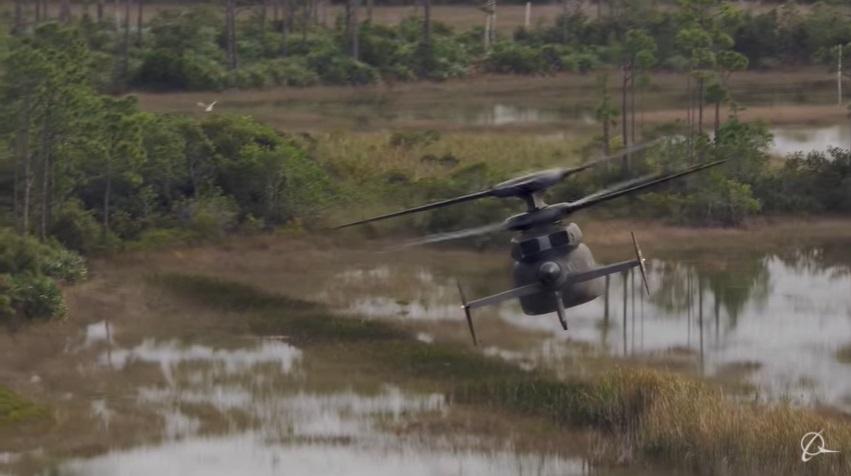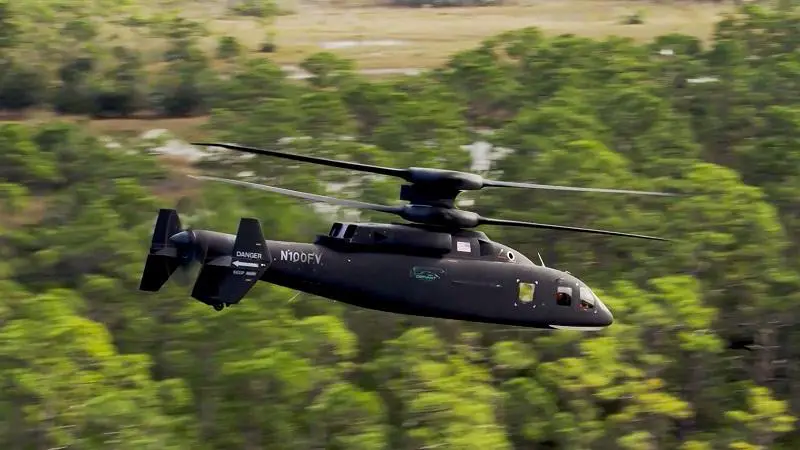Sikorsky, a Lockheed Martin company, filed a formal protest today asking the U.S. Government Accountability Office (GAO) to review the U.S. Army’s decision on the Future Long-Range Assault Aircraft (FLRAA) contract. Boeing supports the protest filed by Team DEFIANT partner, asking the GAO to review the Army’s decision. Based on a thorough review of the information and feedback provided by the Army, Lockheed Martin Sikorsky, on behalf of Team DEFIANT, is challenging the FLRAA decision. The data and discussions lead us to believe the proposals were not consistently evaluated to deliver the best value in the interest of the Army, our Soldiers and American taxpayers. The critical importance of the FLRAA mission to the Army and our nation requires the most capable, affordable and lowest-risk solution.
The Future Long-Range Assault Aircraft (FLRAA) program was initiated by the United States Army in 2019 to develop a successor to the Sikorsky UH-60 Black Hawk utility helicopter as part of the Future Vertical Lift program. The UH-60, developed in the early 1970s, has been in service since June 1979. Like the UH-60, FLRAA variants would also serve United States Special Operations Command and the United States Marine Corps. Under the existing Joint Multi-Role Technology Demonstrator (JMR-TD) program, the Army has been gathering data from flying prototype designs that could fill the FLRAA role. The Army posted a request for information (RFI) in April 2019, which was intended to identify interested manufacturers. On December 5, 2022, the Army selected the Bell Textron V-280 Valor powered by Rolls-Royce engines for the FLRAA contract award.

FLRAA is part of the Future Vertical Lift (FVL) program; in 2016, Major General William Gayler declared the first FVL aircraft would fill the medium-lift role.[4] The proposed FLRAA program schedule overlaps with the FARA procurement, which is also part of FVL. FARA would provide a light-lift helicopter for the armed reconnaissance/scout role that was previously filled by the Bell OH-58 Kiowa until its retirement in 2014. The FVL program is headed by Brigadier General Wally Rugen; according to Rugen, based on the data gathered during JMR-TD with the Bell V-280 Valor and the Sikorsky–Boeing SB-1 Defiant, the Army was ready to move on to open competition for the FLRAA contract. In March 2020, the Army awarded competitive demonstration contracts to Bell and Sikorsky/Boeing, the FLRAA requirements are met by the Valor and Defiant candidate designs, respectively.
The Sikorsky–Boeing SB-1 Defiant (stylized as “SB>1”; company designation S-100) is the Sikorsky Aircraft and Boeing entry for the United States Army’s Future Long-Range Assault Aircraft program to replace the Sikorsky UH-60 Black Hawk. Sikorsky and Boeing state the design is to have a cruise speed of 250 kn (460 km/h), but less range due to using the “old” T55 engine. A new engine, the Future Affordable Turbine Engine (FATE), is to meet the radius requirement of 229 nmi (424 km). Compared to conventional helicopters, the counter-rotating coaxial main rotors and pusher propeller offer a 100-knot (185 km/h) speed increase, a 60% combat radius extension, and 50% better performance in high-hot hover operations. Sikorsky plans to build the 30,000-pound-class (14,000 kg) JMR-TD (with a cabin 50% larger than the Black Hawk) at full scale to remove doubts about the scalability of the X-2 technology.
